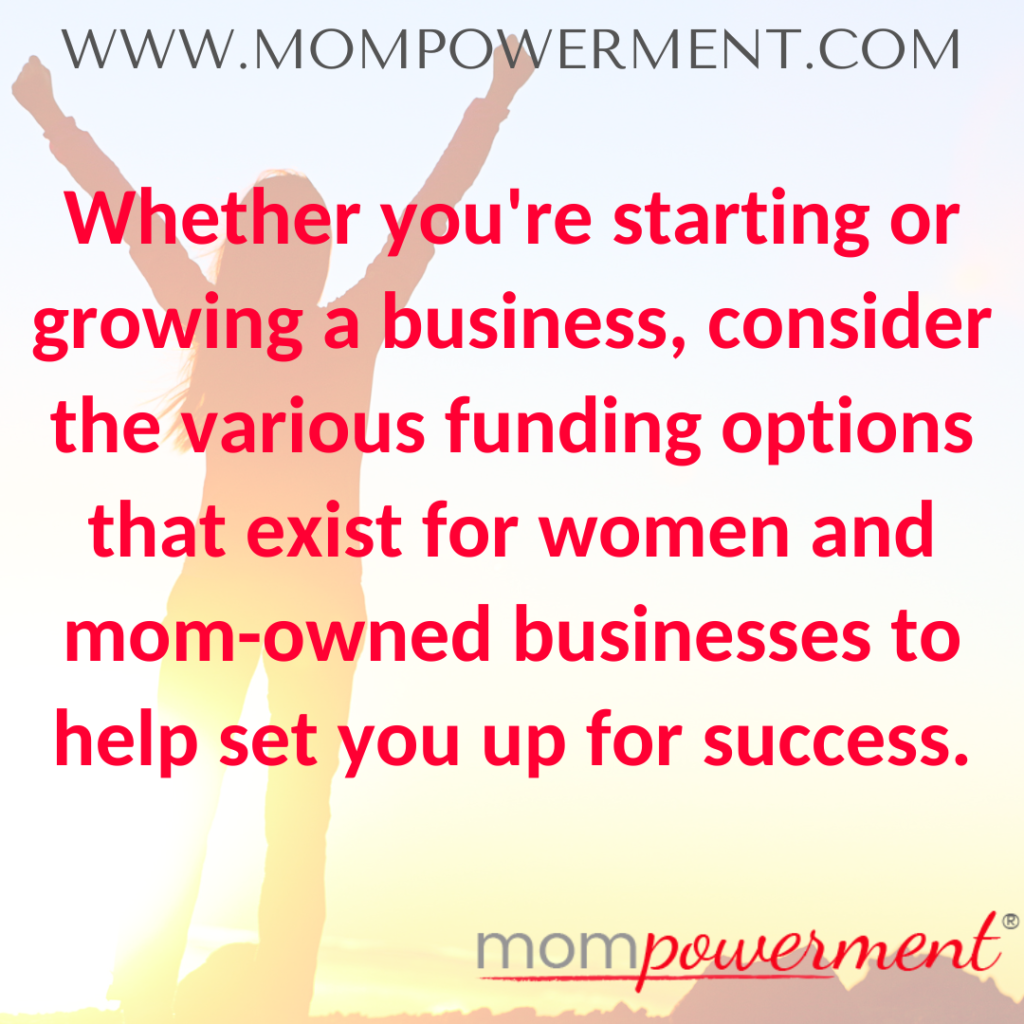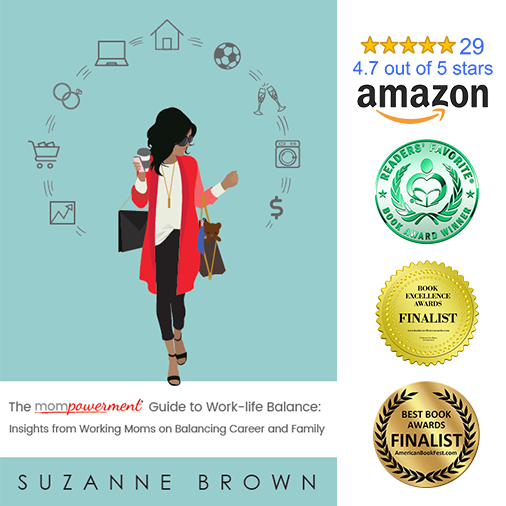
As moms, our household activities resemble the daily operations of a business. We provide oversight, delegate responsibilities, manage budgets, host events, and plan or adjust for growth. We deal with unexpected challenges and wear multiple hats. It should be easy to shift these skills to running a business, right?? Unfortunately, many women and moms often face just as much, if not more hardship in keeping their businesses afloat than they do in keeping a child fed, clothed, and well-adjusted into adulthood. Why is this the case and how can we bridge that gap between familial responsibility and business ownership?
What the Pandemic Changed (And Didn’t Change)
Women’s jobs and mom-owned businesses took a beating during the COVID-19 pandemic. Overnight, childcare was taken away as well as the means to go out and provide for said children. The business tools and industries we took for granted were suddenly inaccessible, and we were forced to get creative.
For women who were the breadwinners of their household, there was no choice but to find a way, and they did! The National Association of Women Business Owners (NAWBO) along with Gusto worked together to survey nearly 1,200 women entrepreneurs and they found that 5% of these women opened their businesses during 2020. Not surprisingly, 40% started their businesses primarily because of the pandemic.
Flexibility in where, when, and how women earned the money to provide for their families during this time was and continues to be a high priority for businesswomen, and for many, going back to work in an office full time is not an option. The pandemic may have changed dynamics that forced our hands in starting a business, but the obstacles we face in staying afloat and gaining equality in success with our male peers still haven’t budged.
Women are slightly more likely to start their own business than men, showing their entrepreneurial spirit, but while they make up 4 out of 10 businesses in the United States, women-owned businesses bring in less revenue than men. This means that female entrepreneurs are still dealing with obstacles to obtaining success at a higher rate than they should. However, access to resources is widening, and support for women’s businesses continues to be a priority for many financial institutions and associations! (And remember that mom-owned businesses are 1 in 3 of women-owned businesses. Go mom-entrepreneurs!!)
Where to Find Funds
The type of funds you look for largely depends on what you intend to do with the money once you have it in your bank account. It also matters if you’re starting out or growing your business. Along with the annual revenue you bring in, securing these funds and loans depends on the scale of your business. Taking all of this into account, let’s take a look at some of the options available!
Business Line of Credit & Credit Cards
These types of credit are revolving and can be used at any time for last-minute repairs, purchases, or decisions that require a timely response. A business line of credit can provide a readily available amount of money that provides a cushion between your budget and unexpected expenses. When you take out the funds to cover a new piece of equipment, hire a consultant, or purchase extra inventory for a seasonal rush, you only need to pay fees and interest on the amount drawn. This is especially helpful when you want to avoid taking out back-to-back traditional business loans in amounts that may be too high or too low depending on the situation that arises. Additionally, some larger transactions don’t allow the use of a credit card. Having a loan you can pull cash out of can be especially helpful!
When we’re talking about small business funding options for mom-owned businesses, let’s consider resources you might already have. I’m talking about your credit cards. A credit card can offer the same benefits as a business line of credit but on a smaller scale. While available funds in a business line of credit are capped at a certain dollar amount depending on your annual revenue, a credit card’s available balance can increase over time. Credit card companies may automatically increase your limit, or you may have to request an increase. Risks with a credit card can include higher interest rates and some purchases may not allow the use of credit cards, so keep this in mind when looking at your options.
Grants and Investors
Small business grants for women can be a great way to become involved in a community of women-owned businesses that support one another in their ventures while simultaneously gaining the funds you need to grow your business. Some grants exist for specific minority groups, industries, or causes, while others have strict submission guidelines based on your business’s size or revenue. Applying for a grant often takes more work than simply filling out a loan application, and competition can be stiff, but grants often have more attached to them than a check for a few thousand dollars. They can give you access to advisors, a network of peers, or specific tools you might not otherwise have access to.
If you’re looking to take your startup from a concept to a finished product, finding investors to back your business can be tough, but it’s not impossible! Some venture capitalists make it their mission to invest equally across demographics and backgrounds within industries that can make a difference in the world. Your unique stage of life as a mom and a business owner might just be the thing that makes your application stand out and could convince an investor to support your business!
Small Business Loans
If you find yourself in a situation where neither credit cards, lines of credit, nor grants are a good fit, small business loans might be an option. The Small Business Association (SBA) is a government agency that provides multiple funding options for businesses. Depending on the needs your business faces, you can apply for a 7(a) loan that has capped interest rates, a 504 loan for a larger, long-term loan for real estate or property repairs, or a microloan that can help startups get the cash they need to get off the ground. As with the previous funding options we’ve mentioned, there are pros and cons or restrictions as to who can qualify for each loan type. Conduct some research ahead of time to help you narrow down the best course of action to take and avoid wasting time applying for loans you don’t qualify for, or that could hinder your business from growing later on.

Consider Your Customers
There is one more resource for small business funding options for mom-owned businesses that doesn’t often get enough attention: your customers. It might sound easy to go this route. It’s not, though. Getting potential customers to pay for a product or service before it’s officially available takes a lot of research with your target, planning, and outreach (yep, you’ll do a lot of marketing if you go this route). You must create and promote a vision and potentially test a product or beta a service. It’s not an easy option, but it is another way to fund your business.
Where to Find your People
Owning a business and motherhood have one more thing in common: both can get extremely lonely. You might be succeeding at running a business solo while chauffeuring kids to soccer or dance and trying to plan out your meals for the week, but when is the last time you had some time to connect with people that share the same drive to create their own, meaningful, career? Finding a community of female entrepreneurs can be just as important as finding the money needed to stay in business. Without networking, community, and even friendship, the satisfaction of growing your business can fall flat if you don’t have a group of people who encouraged you through the dark days and can now celebrate your wins.
The Goal
Knowing your end goal when looking for funds for your business is key. At the end of the day, borrowing or accepting money from investors or financial institutions will always carry risk, but weighing that risk against the potential of losing your business or long-term revenue is essential. When done carefully, obtaining funds can mean taking your company to the next level of success and showing the business world that mom-owned businesses are here to stay and will remain no matter what life throws at us!
Now you know various small business funding options for mom-owned businesses that you can consider. Which seems right for your situation? If you’ve already gotten funding, which route did you take?


